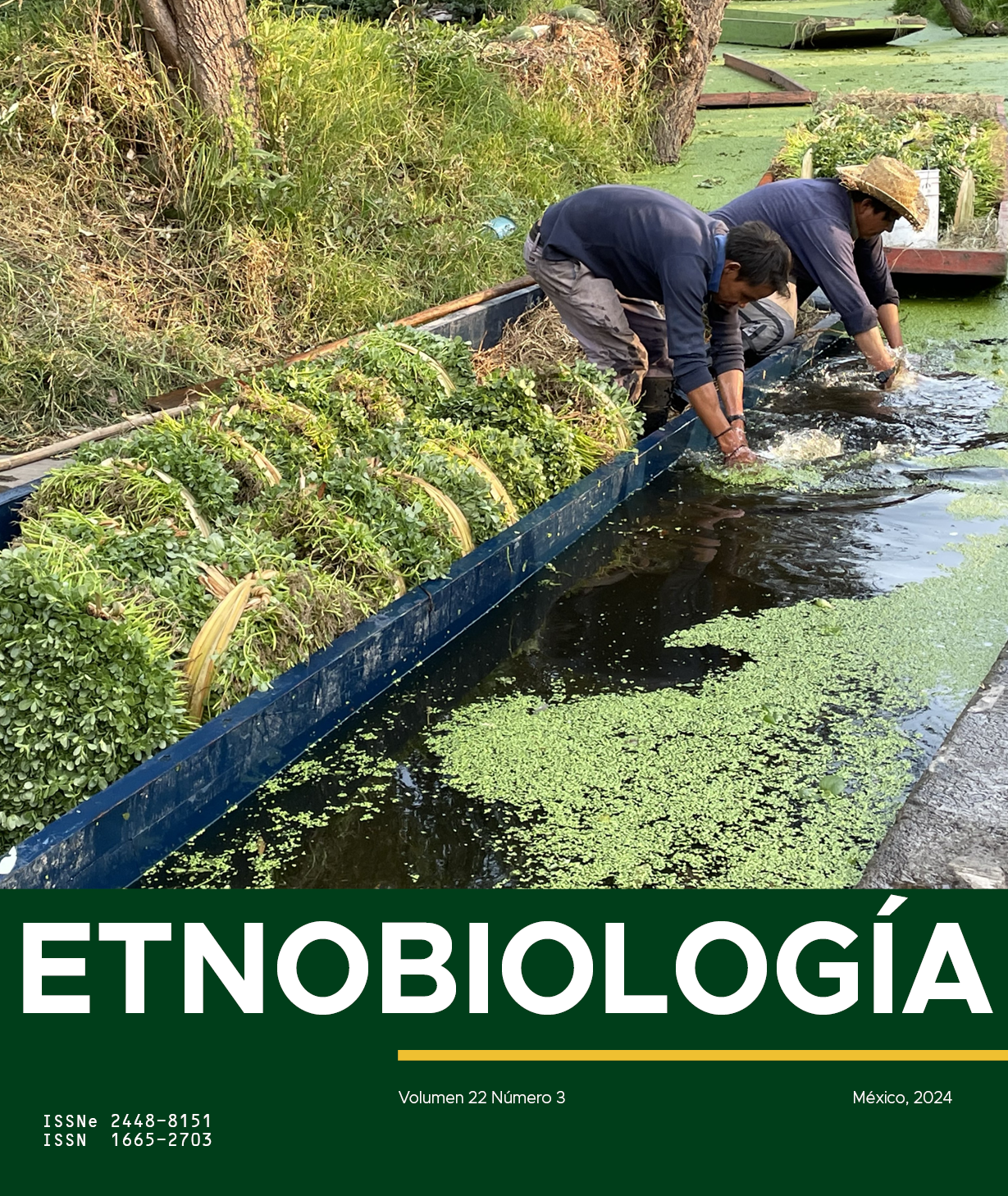QUELITES IN HIDALGO, MEXICO: WHAT THEY ARE, HOW THEY ARE PERCEIVED AND WHO SELLS THEM?
Abstract
The Mexican population is undergoing a dietary transition, in which processed foods are meeting growing demand, causing traditional foods such as quelites to be less frequently consumed. Here, the general objective was to conduct a state-level study on the species of quelites collected by small traders in the state of Hidalgo, Mexico, for consumption and sale, and the representations, knowledge, use, and value they are given. For this purpose, a quantitative and qualitative approach was combined based on statistical analysis, in-depth interviews, and observation of traders in some traditional markets, combining primary and secondary data. The results show that 110 species of quelites from 37 botanical families are used in Hidalgo, which is around half (nearly 200 to 250) of the total estimated for the whole country in terms of species called quelites. Quelites are perceived as cheap, rich in nutrients, and important for the economy of traders. At present, the role of small-scale traders as conservers of traditional foods is passive and little known. In the face of poor dietary practices, the possibilities of traditional foods as an alternative diet are explored. This is a first approach at the state level, although further studies are required, especially in indigenous areas, to gain a better understanding of quelites in this territory.


